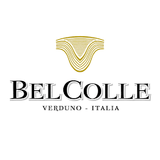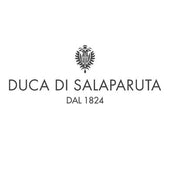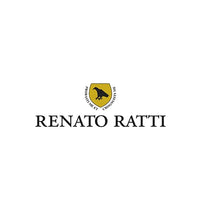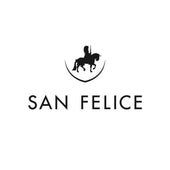
Millesimato: meaning and definition
In the winemaking world, the term "millesimato" is of special importance, indicating wines made predominantly from grapes from a single vintage.
This concept is especially crucial in the production of sparkling wines and Champagne, where the quality of the vintage significantly affects the organoleptic characteristics of the final product.
Origin of the term "Millesimato"
The word "millesimato" comes from the French word "millésime," meaning "vintage." In enology, this term refers to the vintage year of the grapes used to produce a particular wine. When a wine is defined as millesimato, it means that it was produced from grapes harvested in a single vintage, highlighting the climatic and territorial peculiarities of that specific year.
Criteria for the designation of a Wine Millesimato
For a wine to be labeled as millesimato, at least 85 percent of the grapes must come from the same vintage. This percentage may vary according to local regulations; for example, for Champagne, 100% of the grapes are required to come from the same vintage. Indication of the vintage year on the label is mandatory for vintage wines, giving consumers accurate information about their temporal origin.
Importance of Millesimato in the production of sparkling wines and champagnes
In the production of sparkling wines and Champagne, the designation "millesimato" assumes a crucial role. Typically, these wines are made by blending base wines from different vintages to ensure consistent quality over time. However, in particularly favorable vintages, producers choose to create vintage wines to enhance the unique characteristics of that year. These wines are often considered high quality and intended for a connoisseur audience.

Differences between Millesimato and Cuvée
It is important to distinguish between the terms "millesimato" and "cuvée," which are often used in the context of sparkling wines. While "millesimato" indicates a wine made from grapes of a single vintage, "cuvée" refers to the blending of base wines that may come from different vintages or grape varieties. The cuvée allows producers to maintain a consistent style and quality over time, while the millesimato celebrates the distinctiveness of a specific vintage.
Organoleptic characteristics of vintage wines
Vintage wines are distinguished by their unique organoleptic characteristics, which are directly influenced by the climatic and environmental conditions of the relevant vintage. These wines may have more complex flavor profiles and a more defined structure than non-vintage wines. However, quality can vary significantly between vintages, making knowledge of the year of production essential for assessing their quality potential.
Examples of vintage wines
Many sparkling wine producers and Champagne offer vintage versions of their products, often in limited editions and intended for special occasions. For example, some Champagne houses produce vintage wines only in exceptional vintages, emphasizing the importance of the quality of the grapes harvested in that year. These wines are generally more expensive and sought after by enthusiasts for their uniqueness and representativeness of the vintage.
Conclusion
The term "millesimato" represents a distinctive element in the wine scene, highlighting the importance of vintage in the production of quality wines. Understanding the significance of this designation allows consumers to better appreciate the nuances and distinctiveness that each vintage can offer, enriching the tasting experience and enhancing the work of producers in celebrating the unique characteristics of each vintage.





























